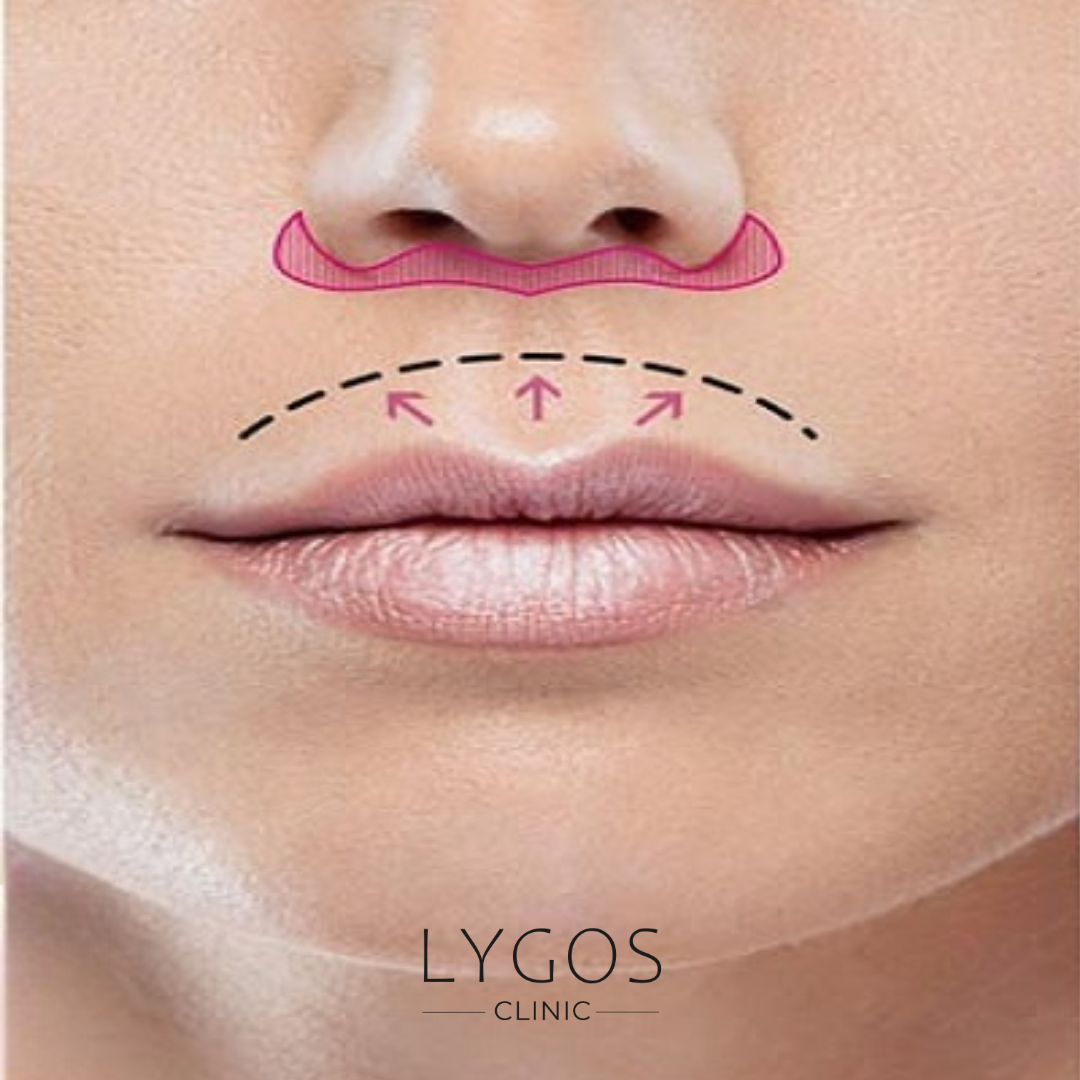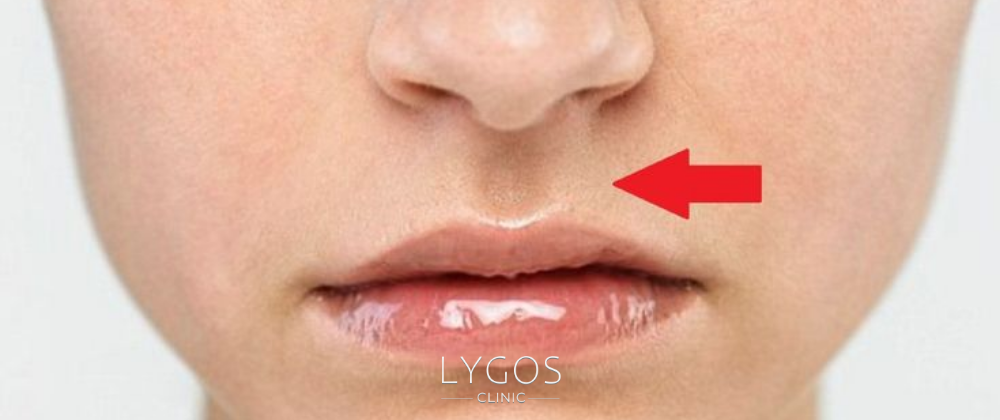How Long Does Upper Lip Immobility After Rhinoplasty Last?

Chose Your Topic
How Long Does Upper Lip Immobility After Rhinoplasty Last?
Rhinoplasty, or nose surgery, has become one of the most common procedures in aesthetic surgery today. This surgery aims to improve both the shape and function of the nose. However, the recovery process after rhinoplasty can vary from person to person, and sometimes unexpected issues may arise.
One of these issues is immobility of the upper lip after rhinoplasty. Many patients may feel restricted movement in their lips following the surgery. So, how long does upper lip immobility after rhinoplasty last? Let’s find a detailed answer to this question.
Why Does Upper Lip Immobility After Rhinoplasty Occur?
Upper lip immobility after rhinoplasty is typically caused by a range of factors. These factors can vary depending on the techniques used during surgery and the individual’s body structure. The most common causes include:
- Swelling and Edema: Rhinoplasty can cause swelling and edema in the tissues around the nose, which may put pressure on the surrounding nerves and muscles, leading to upper lip immobility after rhinoplasty. This swelling can take time to subside, which in turn affects lip movement.
- Temporary Nerve Damage: The nerves controlling the muscles of the nose and upper lip may be directly or indirectly affected during rhinoplasty. If these nerves are temporarily damaged, upper lip immobility may be experienced for the first few weeks. Typically, the nerves heal over time, and lip movement returns to normal.
- Use of Stitches and Bandages: After surgery, stitches or bandages may be applied to support the shape of the nasal tip. While these do not directly restrict lip movement, they may apply pressure to the surrounding tissues, causing upper lip immobility after rhinoplasty. As the stitches and bandages heal, this issue is resolved.

Is Upper Lip Immobility After Rhinoplasty Permanent?
For most patients, upper lip immobility after rhinoplasty is not a permanent problem. This condition is generally temporary and improves with the healing process. However, in rare cases, some patients may experience permanent nerve damage. If the nerves are severely damaged, upper lip immobility after rhinoplasty can persist for a longer period. Nevertheless, the likelihood of permanent nerve damage is very low. The nerves typically recover, and lip mobility is restored. Therefore, upper lip immobility after rhinoplasty is usually not permanent.
When Does Upper Lip Movement Return to Normal After Rhinoplasty?
The timeline for upper lip movement returning to normal after rhinoplasty varies from person to person. Most patients experience gradual improvement in the first 2-4 weeks post-surgery as swelling and edema decrease. However, full recovery typically takes 3-6 months.
During this period, upper lip mobility gradually returns to its original state. Still, the healing process can be influenced by factors such as age, skin type, surgical technique, and individual healing capacity. For some patients, the recovery period may be a bit longer.

What Can Be Done to Speed Up Upper Lip Mobility After Rhinoplasty?
There are several methods that can help accelerate the healing process and reduce the duration of upper lip immobility after rhinoplasty:
- Lymphatic Drainage Massage: A gentle lymphatic drainage massage can help reduce swelling and edema more quickly. This massage increases blood circulation, potentially speeding up the process of upper lip immobility recovery after rhinoplasty.
- Facial Exercises : With the doctor's approval, exercises that involve smiling or engaging the lip muscles can be performed. These exercises help the upper lip muscles heal faster and may accelerate the recovery of upper lip immobility after rhinoplasty.
- Healthy Diet: A diet rich in protein, vitamins, and minerals supports the body's healing process. Adequate hydration and balanced nutrition can also help speed up the recovery of upper lip immobility after rhinoplasty.
- Avoiding Hot and Cold Compresses Applying excessive heat or cold compresses may negatively impact nerve healing. Therefore, it is advised to avoid extreme temperature applications during the recovery of upper lip immobility after rhinoplasty.
When Can Upper Lip Immobility After Rhinoplasty Be Dangerous?
Upper lip immobility after rhinoplasty is generally a temporary condition and improves over time. However, there are certain situations where it may be dangerous and require medical intervention:
- If there is no improvement in lip movement after 6 months, a doctor should be consulted.
- If there is severe numbness or tingling in the lip area, this could indicate nerve damage.
- If there is uneven movement or asymmetry of the lips, it may indicate a complication.
- If speaking, eating, or drinking functions are significantly impaired, immediate professional assistance is required.

What Should Be Avoided During the Recovery from Rhinoplasty to Improve Upper Lip Immobility?
To speed up the recovery from upper lip immobility after rhinoplasty and minimize complications, it is important to follow certain guidelines:
- Follow the Doctor's: Instructions Adhering to the doctor's advice is crucial for a quicker recovery. Specific instructions regarding when nasal tampons and stitches will be removed are particularly important.
- Avoid Intense Physical Activities: In the first few weeks after surgery, intense physical activities should be avoided. Sudden movements can negatively affect the healing process and prolong upper lip immobility after rhinoplasty.
- Avoid Smoking and Alcohol Consumption: Smoking and alcohol can negatively affect blood circulation and delay the healing process. Therefore, it is important to refrain from smoking and drinking alcohol during the recovery from upper lip immobility after rhinoplasty.
In conclusion, upper lip immobility after rhinoplasty is typically a temporary issue that resolves within a few weeks. Full recovery may take 3-6 months, but with proper care and attention, the process can be accelerated. The most important thing is to follow your doctor’s advice and maintain healthy habits during the recovery period.
How Long Does Upper Lip Immobility After Rhinoplasty Last? Frequently Asked Auestions (FAQ)
Upper lip immobility after rhinoplasty is typically caused by swelling and edema, temporary nerve damage, or the use of stitches and bandages. These factors can put pressure on the nerves and muscles controlling lip movement, resulting in reduced mobility in the upper lip.
For most patients, upper lip immobility is a temporary condition that improves within a few weeks. However, complete recovery can take 3-6 months, depending on the individual’s healing process.
No, in most cases, upper lip immobility after rhinoplasty is not permanent. The condition typically resolves as swelling decreases and nerves heal. Permanent immobility is very rare, but it can occur in cases of severe nerve damage.
If there is no improvement in upper lip mobility after 6 months, or if you experience severe numbness, tingling, uneven lip movement, or difficulty speaking or eating, you should consult your doctor for further evaluation.


